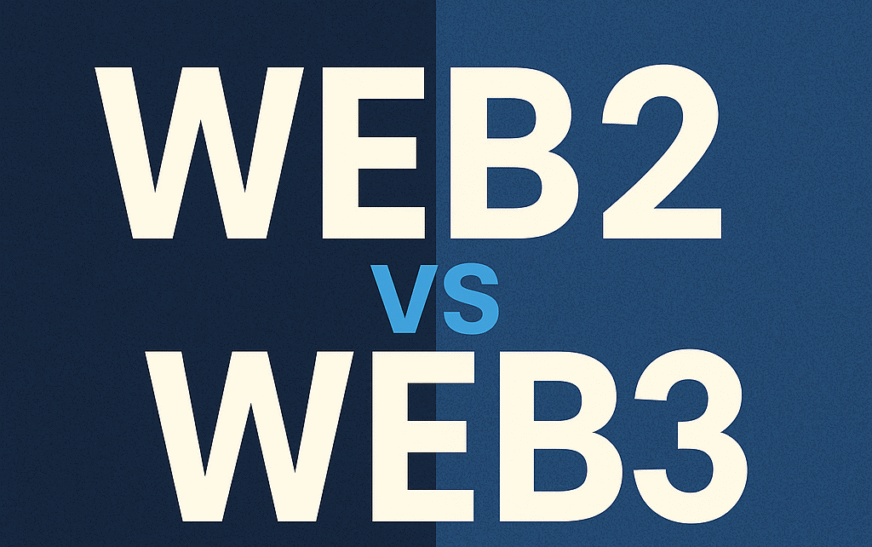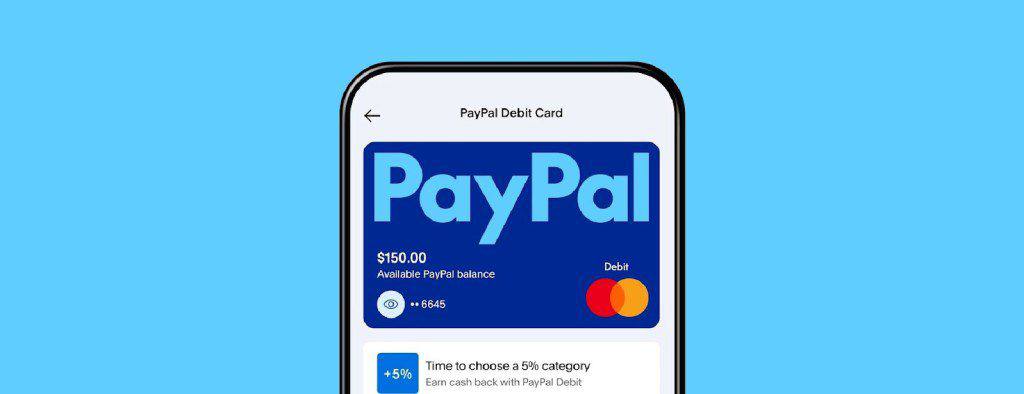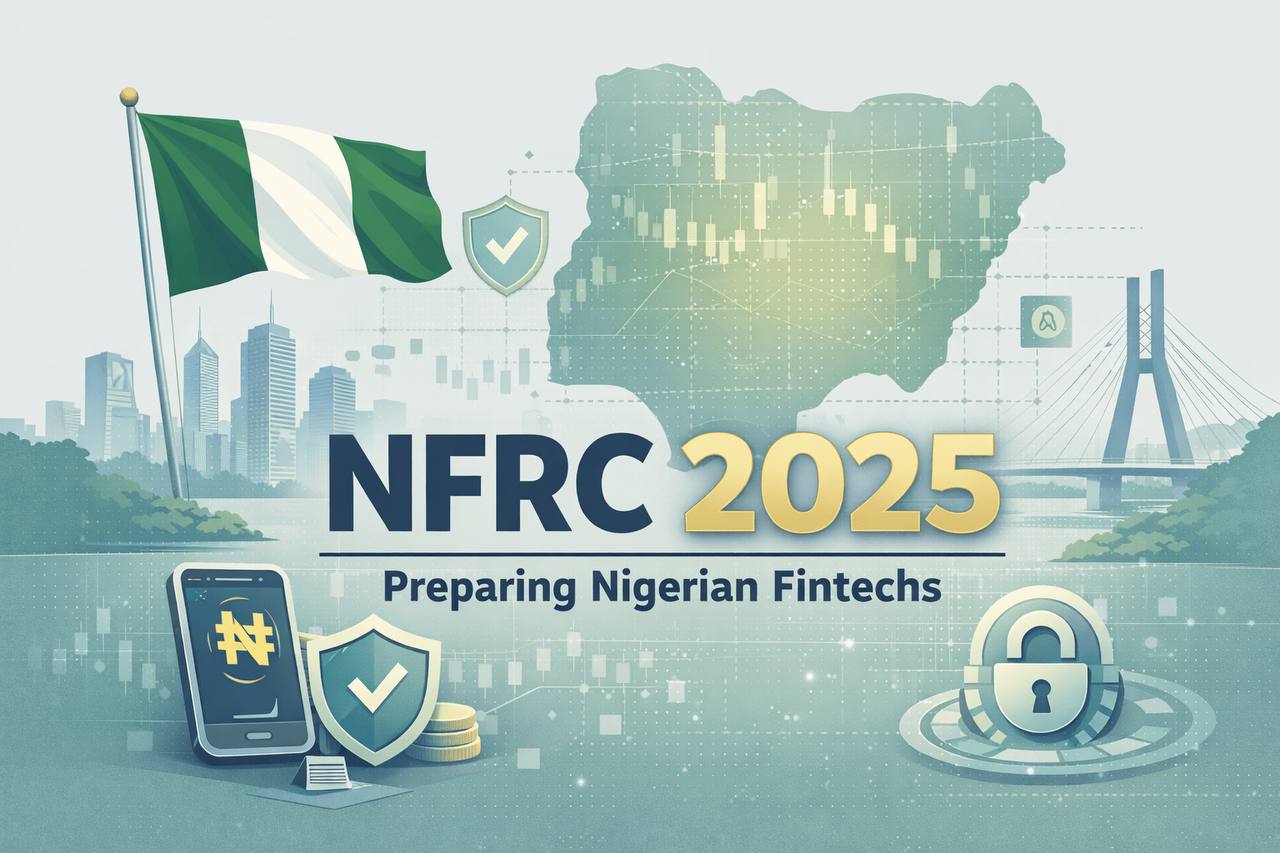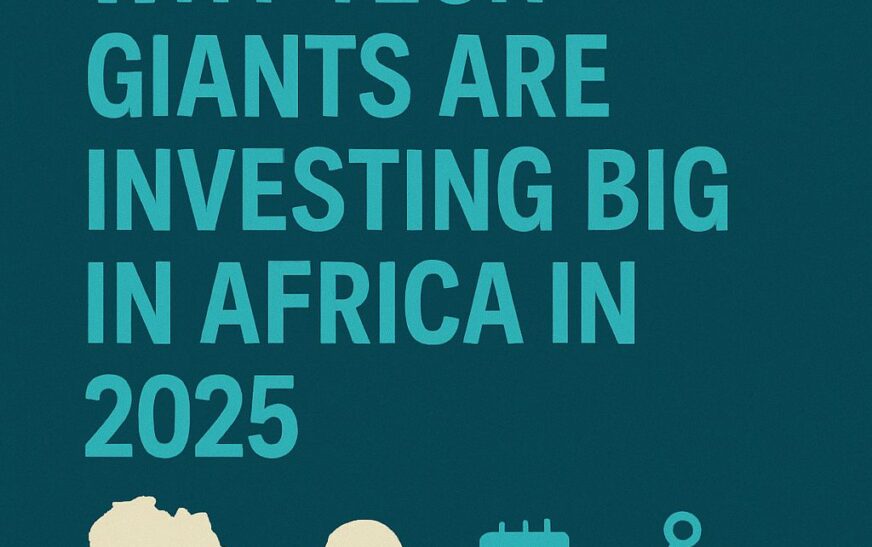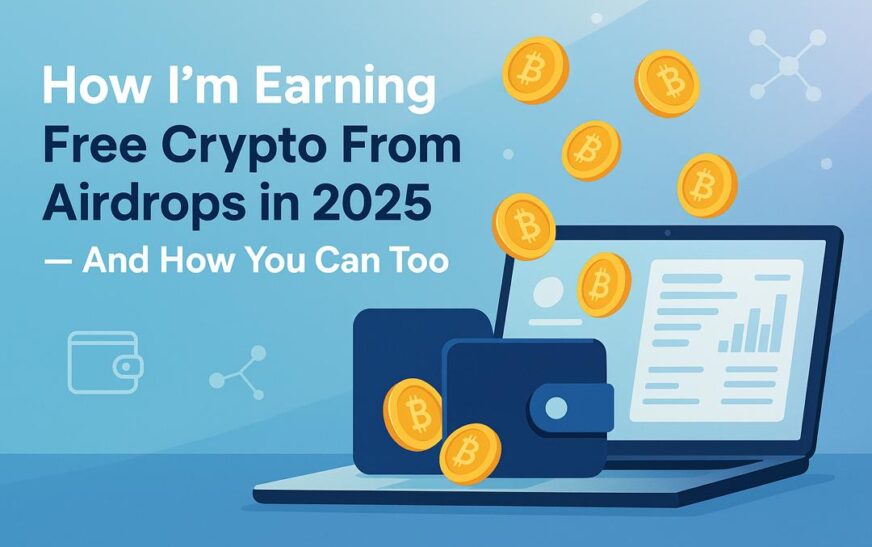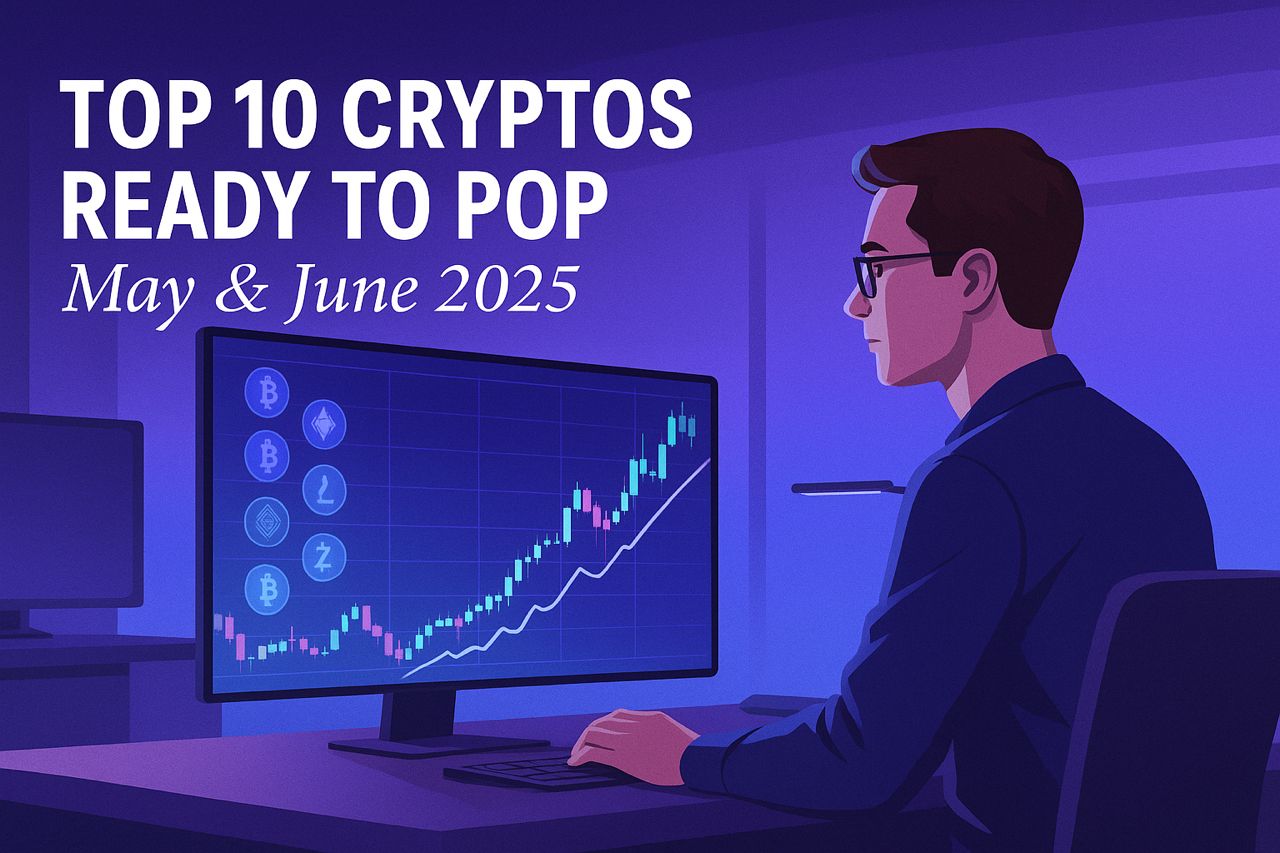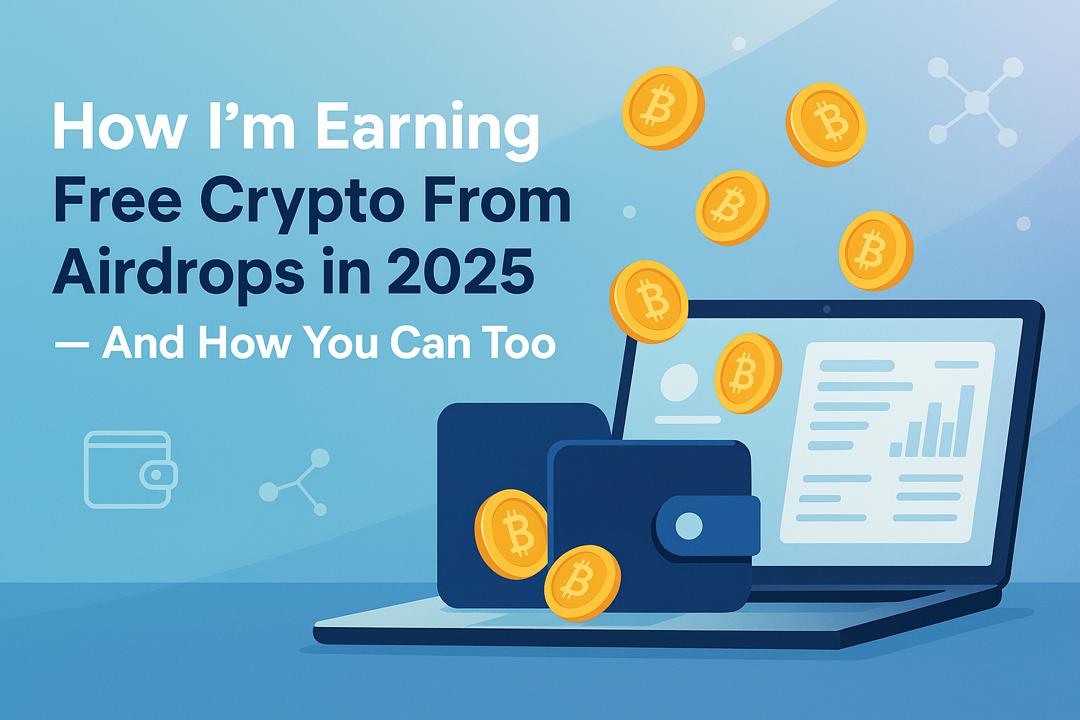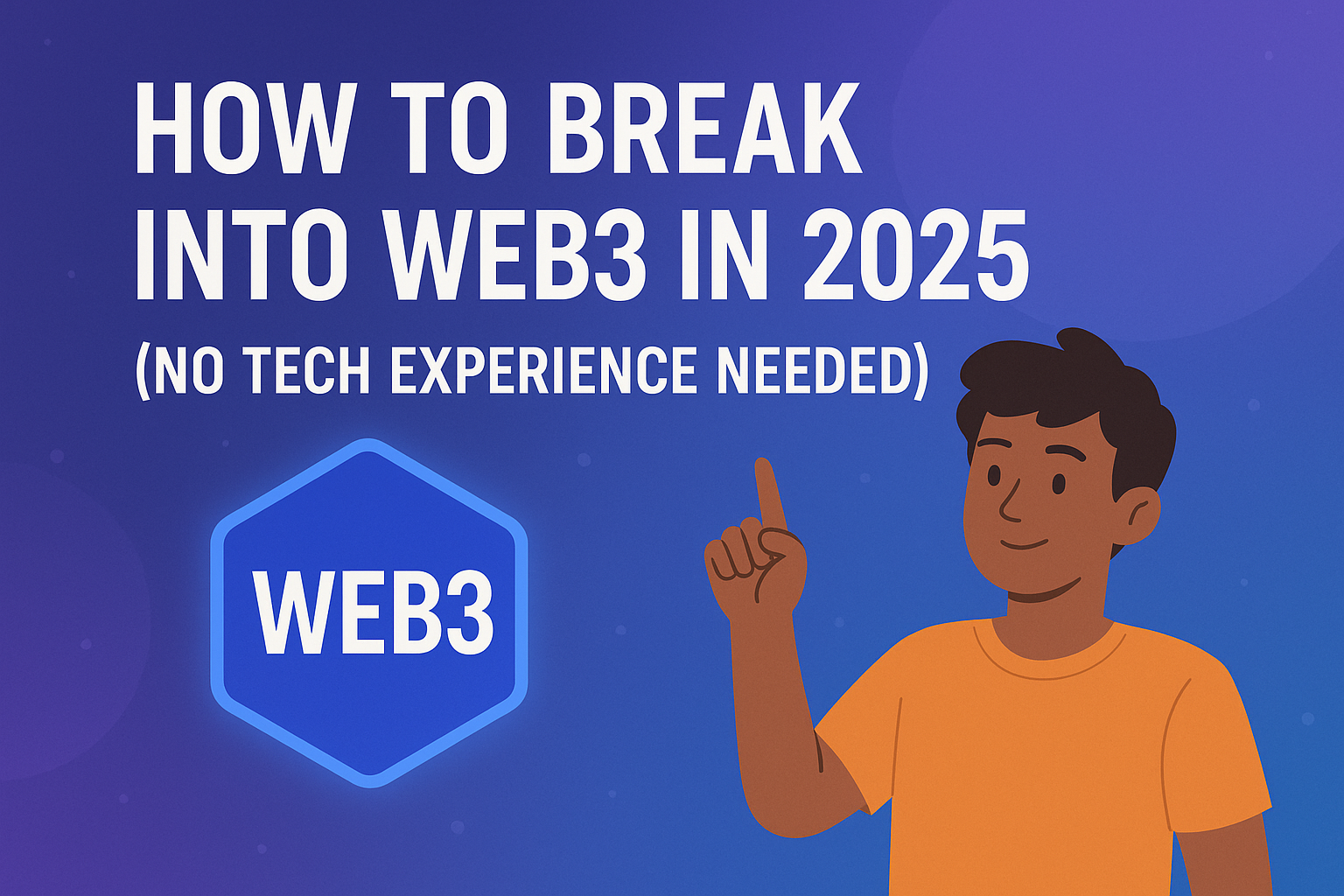If you’ve been on the internet in the past year, you’ve probably heard people throw around Web2 and Web3 like they’re worlds apart. But what do these terms actually mean—and how different are they really?
Let’s break it down without the jargon.
What Is Web2?
Web2 refers to the internet as we’ve known it since the early 2000s. Think social media, centralized platforms, and data-driven business models. Companies like Facebook (Meta), Google, and Amazon dominate this era.
Key traits of Web2:
- User-generated content: Social media, blogs, and YouTube flourished.
- Centralized platforms: A few tech giants own and control user data.
- Ad-based monetization: Users are the product—your data gets sold.
- Speed and scalability: Central servers made websites fast and responsive.
Web2 made the internet social and interactive, but at the cost of privacy and ownership.
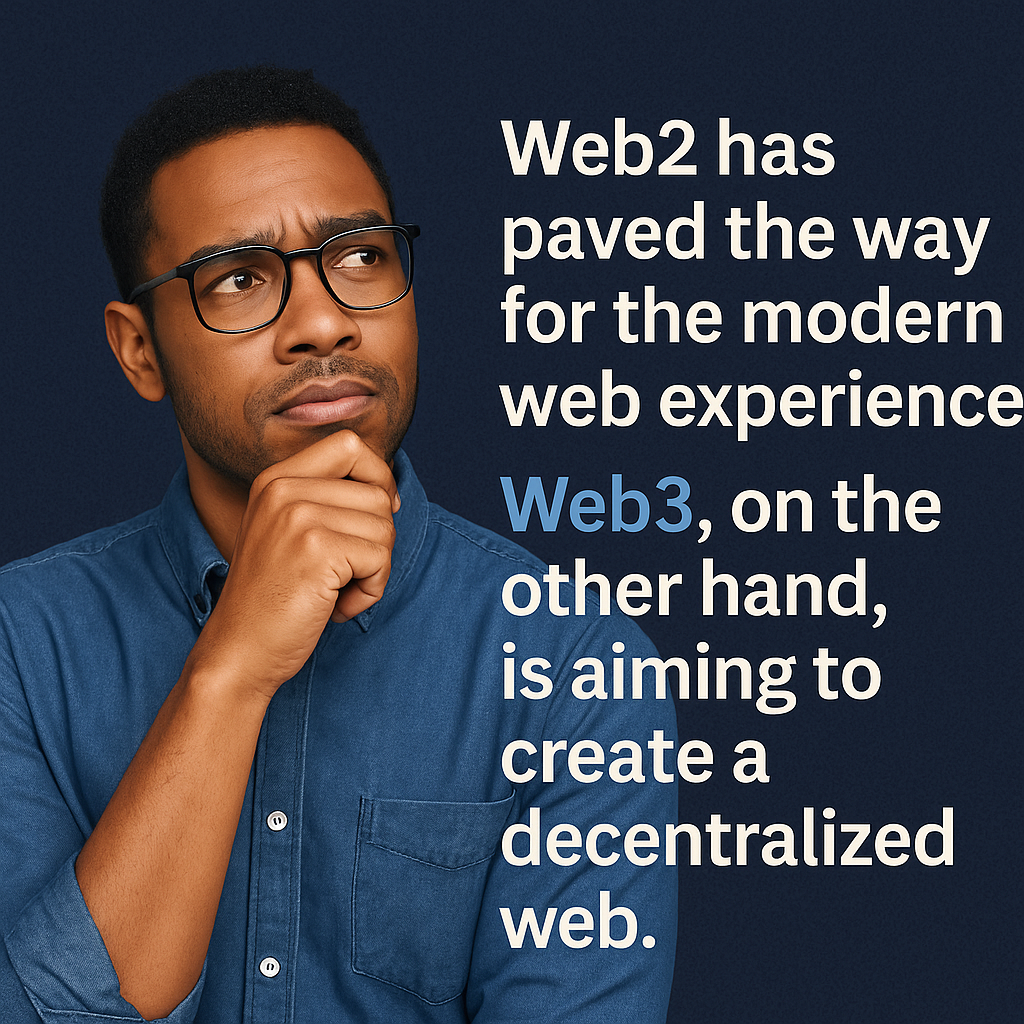
What Is Web3?
Web3 is the decentralized future of the web—built on blockchain, crypto, and smart contracts. Instead of big corporations owning everything, users get more control over their identity, data, and digital assets.
Key traits of Web3:
- Decentrilization: No single company controls the network.
- Token-based economies: Users earn tokens or crypto for participating.
- Ownership: You actually own your data, identity, and digital assets (like NFTs).
- Permissionless: Anyone can participate—no gatekeepers.
Web3 aims to give the power back to the users, not the platforms.
Web2 vs Web3: Key Differences
| Feature | Web2 | Web3 |
| Ownership | Platforms own content & data | Users own content & data |
| Identity | Email/password login | Wallet-based login (e.g., MetaMask) |
| Monetization | Ads & subscriptions | Tokens, crypto rewards, NFTs |
| Control | Centralized (Big Tech) | Decentralized (blockchains, DAOs) |
| Censorship | Platforms can ban/delete content | Harder to censor due to decentralization |
So… Is Web3 Better Than Web2?
It depends on who you are.
- For investors: Web3 projects have high upside—but also high risk.
- For developers: Web3 unlocks new business models, but it comes with a steep learning curve.
- For users: Web3 offers more control, but it’s not as user-friendly yet.
Web2 still rules in terms of usability and adoption. But Web3 is rapidly evolving, especially in 2025, as more apps become easier to use (wallets, dApps, and layer 2s are improving fast).

Real-World Examples in 2025
- Web2 app: Instagram — you create content, but Meta owns the platform (and profits).
- Web3 app: Lens Protocol — you post content, own your followers, and can monetize directly.
- Web2 finance: PayPal holds your money.
- Web3 finance: You use a DeFi wallet to hold and invest your crypto—no bank needed.
Why This Matters in 2025
We’re in a transition phase. Web3 isn’t replacing Web2 overnight—it’s building on top of it. Think of Web3 as a new layer that adds more control, transparency, and financial upside for creators and users alike.
If you’re in tech, crypto, content creation, or even just online often, understanding Web3 is no longer optional.
Final Thoughts
Web2 gave us the modern internet. Web3 is trying to give us a better one—where users aren’t just content creators, but owners and stakeholders.
Whether you’re bullish or skeptical, one thing’s clear: The internet is changing. And being early to Web3 (even just by learning) could be one of your smartest moves in 2025.
Want more no-fluff breakdowns like this?
Subscribe to this blog for weekly posts on tech, crypto, and the future of work.


